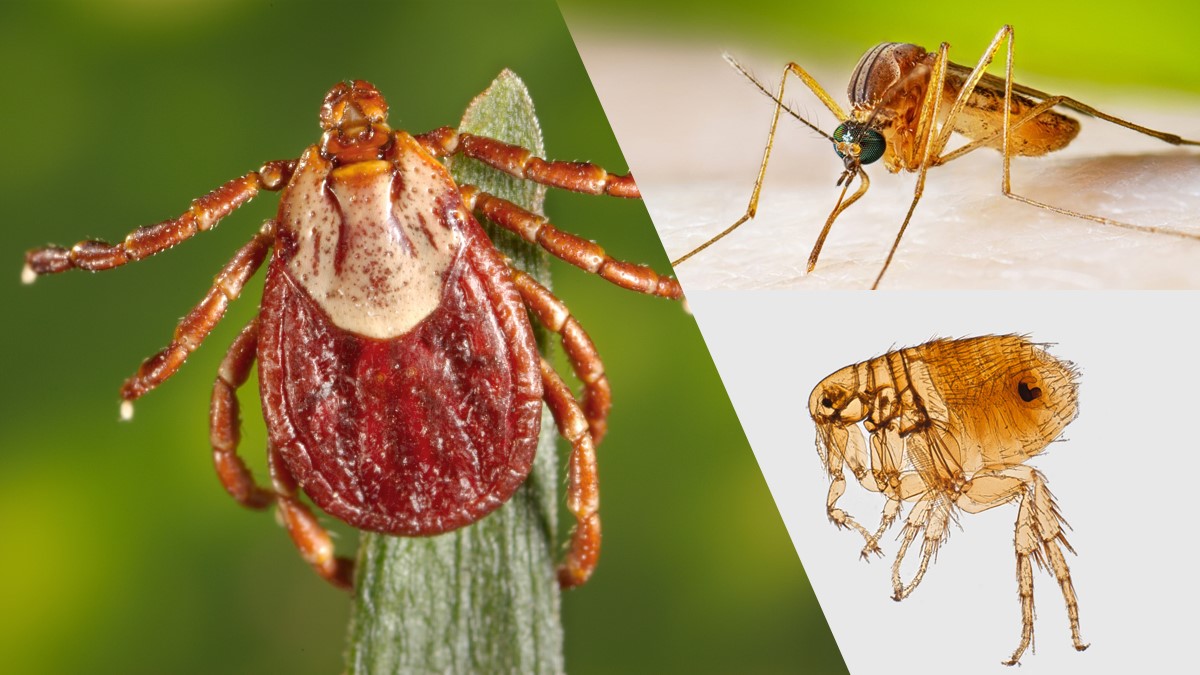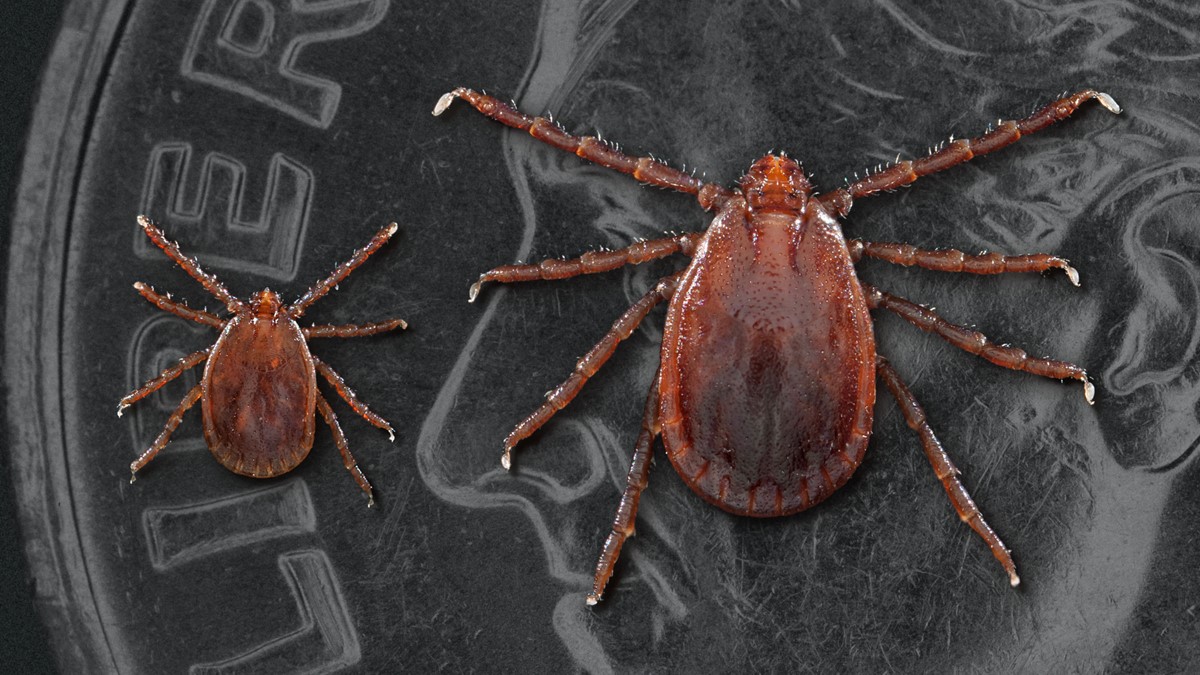At a glance
- Almost everyone has been bitten by a mosquito, tick, or flea.
- Mosquitoes, ticks, and fleas that spread germs (pathogens) are called vectors.
- A person who gets bitten by a vector and gets sick could have a vector-borne disease.
More Information

Overview
Mosquitoes, ticks, and fleas that spread germs (pathogens) are called vectors. A person who gets bitten by a vector and gets sick could have a vector-borne disease (VBD).
Some VBDs, like plague, have been around for thousands of years. Others, like Heartland and Bourbon virus diseases, have been discovered recently. Some VBDs can become serious, life-threatening illnesses.
Increasing threat
Cases of VBDs have increased significantly since 2004, with more than 1 million cases reported between 2001 and 2023 in the United States1. Annual reported VBD cases more than doubled during this period.
Currently, states, territories, and freely associated states voluntarily report cases of 17 VBDs to CDC, plus additional cases that are not nationally notifiable but of interest to public health. However, reported cases tell only a portion of the story. For example, it is estimated that only 1 in 10 West Nile virus cases are reported, and the number of treated Lyme disease cases is possibly 10 times higher than the number reported to CDC.
Who is at risk
Certain groups of people are at a higher risk for disease than others. Understanding your risk can help you know when and where to expect ticks and mosquitoes. Those who may be at increased risk include:
- Children
- Older adults
- Dog owners
- Outdoor workers
- Outdoor enthusiasts
- People with weakened immune systems
Causes and spread
Several factors are driving the emergence and increased spread of VBDs, putting more people at greater risk.
- Changing land use patterns, like reforestation, can lead to increased deer populations and suburban growth, exposing more people to more infected tick bites each year.
- Global travel and trade play a role in introducing invasive vectors and pathogens throughout the Americas.
- Travelers have inadvertently brought chikungunya and Zika viruses into the United States.
- Almost every year, travelers have been associated with local spread of dengue in southern states.
- Travelers have inadvertently brought chikungunya and Zika viruses into the United States.
- A changing climate influences the geographic distribution and seasonality of VBDs. This includes:
- Changing weather patterns and increased frequency of severe and unpredictable weather, such as heat waves and droughts.
- Longer and warmer summers and shorter and milder winters lengthen vector seasons in the United States.
- Temperature and precipitation affect disease transmission by impacting the replication, interaction, and survival of disease vectors.
- Changing weather patterns and increased frequency of severe and unpredictable weather, such as heat waves and droughts.
These factors, along with societal factors like housing conditions, occupational exposures, and access to health care, can contribute to worsening the already disproportionate impacts of VBDs in some communities.
Prevention
Everyone in the United States is at risk of getting sick from germs spread by infected ticks, mosquitoes, fleas, and other vectors.
Everyone can take steps to prevent bites

Vaccines are available for travelers
Few vaccines are available for vector-borne diseases. However, travelers can protect themselves. People traveling to areas with risk for the following viruses can discuss vaccination with their healthcare provider.
Testing and diagnosis
For the public
If you think you or a family member may be sick with a VBD, talk with your healthcare provider. Healthcare providers diagnose vector-borne infections based on:
- Signs and symptoms
- History of possible exposure to mosquitoes, ticks, or fleas that can spread germs
- Laboratory testing
Your healthcare provider can order tests to look for germs or other infections that can cause symptoms similar to VBDs.
For professionals
CDC offers diagnostic testing services to public health departments when commercial tests are not available or when additional testing may be required.
DVBD laboratories provide testing free of charge to approved agencies. DVBD laboratories can perform testing on arboviral, bacterial, and rickettsial specimens.
How animals are affected
Pets can get sick from germs spread by mosquitoes, ticks, and fleas. VBDs that can affect pets include dog heartworm, Lyme disease, and plague. Pets can also bring ticks into your home.
Vaccines are not available for most tickborne diseases that pets can get. Protect your pets by learning how to prevent ticks on pets.
Livestock and wildlife can also be affected, for example:
- Birds are susceptible to West Nile virus.
- Goats, sheep, and cattle can become infected with Q fever.
- Horses can get sick with eastern equine encephalitis and West Nile.
- The invasive Asian longhorned tick (Haemaphysalis longicornis) has been found on pets, livestock, wildlife, and people.

What CDC is doing
CDC is a national and international leader in addressing vector-borne diseases. CDC collaborates with public health departments, vector control agencies, universities, and other partners to detect, prevent, respond to, and control VBDs. Get details on what CDC is doing.
- Case counts based on Notifiable Infectious Disease Date Tables.
